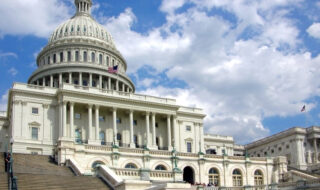Topics:
Inflation Eases Slightly on Main Street but Remains Top Business Problem
Inflation Eases Slightly on Main Street but Remains Top Business Problem
February 14, 2023
Inflation Eases Slightly on Main Street but Remains Top Business Problem
- Forty-five percent of owners reported job openings that were hard to fill, up four points from December, remaining historically very high.
- The net percent of owners raising average selling prices decreased one point to a net 42% seasonally adjusted, too high for 2% target.
- The net percent of owners who expect real sales to be higher worsened four points from December to a net negative 14%.
Get to know NFIB
NFIB is a member-driven organization advocating on behalf of small and independent businesses nationwide.
Related Articles

July 4, 2025
America’s Small Businesses Applaud President Trump, Congress…
“President Trump and Congress have the gratitude of 33 million American s…
Read More


July 3, 2025
NFIB Thanks Congress for Passing Landmark Small Business Tax Re…
NFIB applauds Congress for passing the One Big Beautiful Bill Act, which in…
Read More


July 3, 2025
Hawaii Comment on Latest NFIB Jobs Report
One of the intangibles small-business owners have always asked for is consi…
Read More


July 3, 2025
Alaska Comment on Latest NFIB Jobs Report
With compliance of Ballot Measure 1 underway, running a business just got t…
Read More







